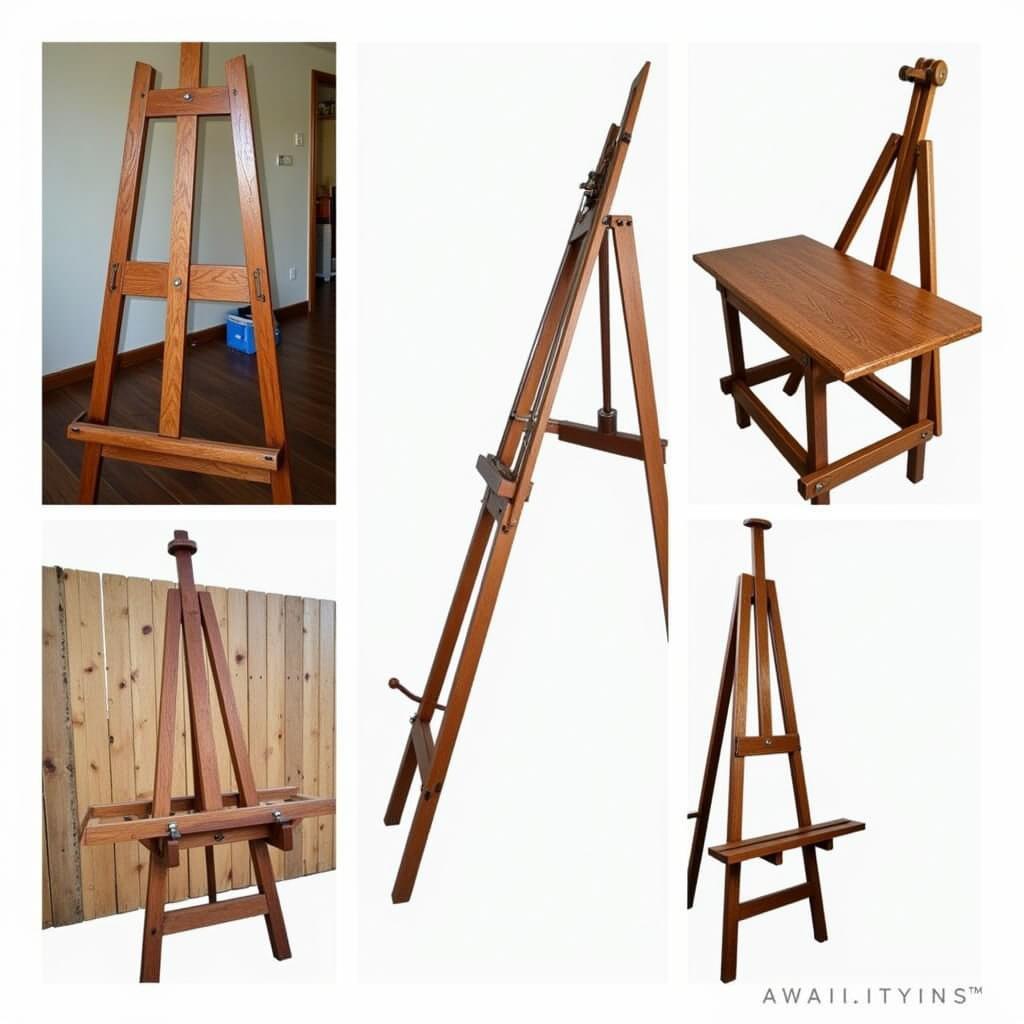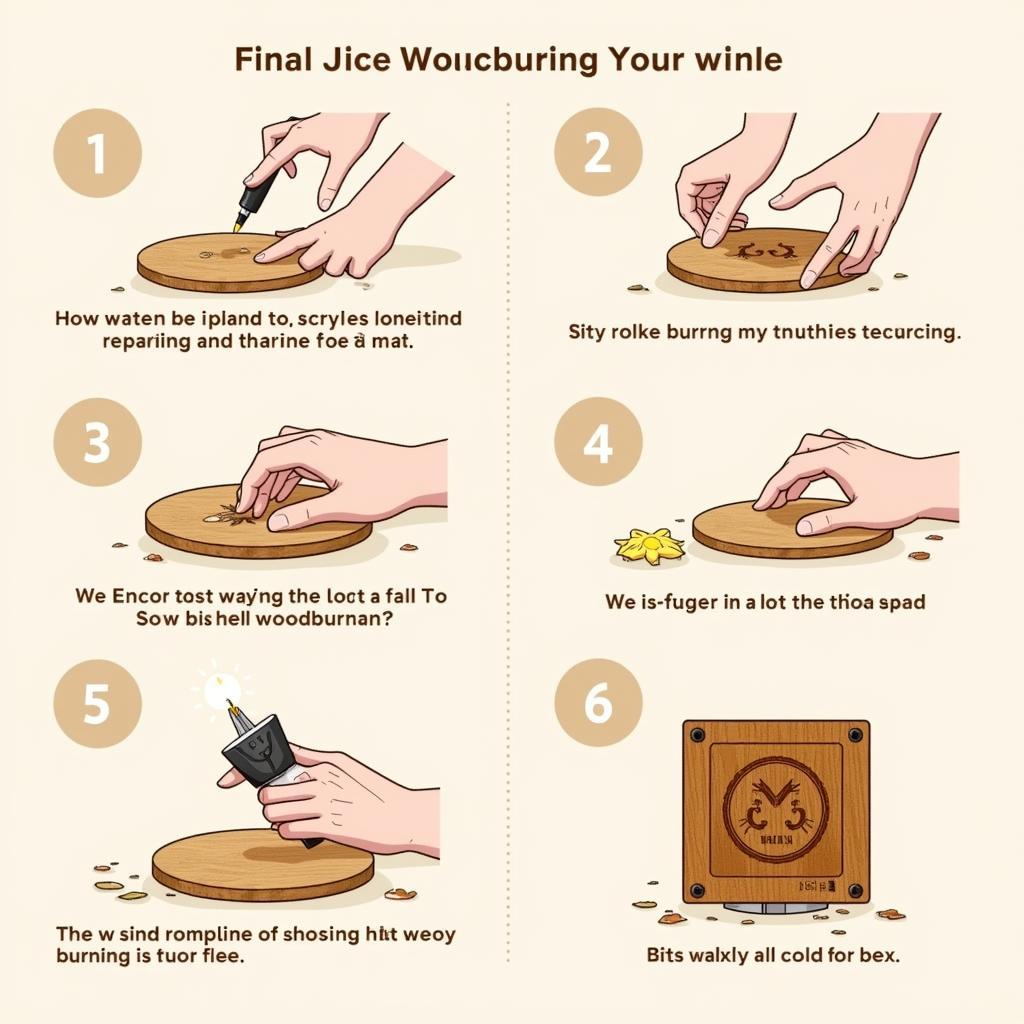Exploring the World of Artificial Intelligence Abstract Art
Artificial Intelligence Abstract Art represents a captivating fusion of technology and creativity, where algorithms are used to generate unique and visually stunning abstract artworks. This innovative art form is pushing the boundaries of traditional artistic expression and sparking fascinating conversations about the nature of art and the role of technology in creative processes.
Demystifying AI Abstract Art: What Does it Really Mean?
AI abstract art isn’t about robots replacing artists. Instead, it’s about leveraging the power of artificial intelligence as a tool to enhance and expand creative possibilities. Artists and programmers collaborate, using algorithms and datasets to train AI models on various artistic styles, techniques, and visual elements. These models can then generate novel compositions, explore unexpected color palettes, and create textures and patterns that might not be achievable through traditional methods.
Imagine an artist feeding an AI system a dataset of bouquet of flowers art, landscapes, or even microscopic images. The AI, in turn, analyzes these images, identifies patterns, and then uses this knowledge to create something entirely new – a unique piece of art that reflects the essence of the input data while venturing into uncharted artistic territories.
How is AI Used to Create Abstract Art?
Several techniques drive the creation of AI abstract art, each offering a unique approach to generating visuals:
- Generative Adversarial Networks (GANs): GANs consist of two neural networks – a generator and a discriminator – locked in a creative battle. The generator creates images, while the discriminator tries to differentiate between real and AI-generated art. This process continues iteratively, pushing the generator to create increasingly sophisticated and realistic images.
- Neural Style Transfer: This technique involves taking the style of one image and applying it to the content of another. For instance, you could blend the vibrant colors of a Van Gogh painting with the geometric shapes of a Kandinsky, resulting in a completely new and captivating work of art.
- Evolutionary Algorithms: Inspired by biological evolution, these algorithms start with a population of random images. The “fittest” images, based on criteria set by the artist, are selected and “bred” to create a new generation of images. This process repeats, gradually evolving the images towards the desired aesthetic.
The Allure of AI Abstract Art: Why is it Gaining Popularity?
The rise of artificial intelligence abstract art can be attributed to several factors:
1. The Thrill of the Unknown:
AI introduces an element of unpredictability into the creative process. Artists often embrace the unexpected results, finding beauty in the serendipitous nature of AI-generated art. This element of surprise adds a layer of intrigue, challenging viewers to interpret the artwork through a new lens.
2. Breaking Creative Boundaries:
AI tools empower artists to transcend the limitations of traditional art-making techniques. By using algorithms, artists can explore countless variations, experiment with novel aesthetics, and push their creativity beyond what was previously possible.
3. Democratizing Art Creation:
AI art platforms are becoming increasingly accessible, allowing individuals with little to no artistic experience to participate in the creative process. This democratization of art is fostering a new wave of digital artists and art enthusiasts.
The Future of AI Art: A New Renaissance?
As AI technology continues to evolve, so too will its impact on the art world. We can expect to see even more sophisticated AI art tools, enabling artists to create increasingly complex and nuanced works. The lines between human and machine creativity will continue to blur, fostering new forms of artistic expression and challenging our understanding of art itself.
Is AI Art “Real” Art?
The question of whether AI art can be considered “real” art is a topic of ongoing debate. Some argue that true art requires human intention and emotion, while others believe that the ability of AI to generate aesthetically pleasing and thought-provoking works is a form of art in its own right.
Ultimately, the value and legitimacy of AI art lie in the eye of the beholder. As we venture further into this uncharted territory, it’s essential to approach AI art with an open mind, embracing the exciting possibilities it presents while acknowledging the evolving relationship between technology and artistic expression.
FAQs about AI Abstract Art
1. Can I create AI abstract art without coding experience?
Absolutely! Many user-friendly AI art platforms require no coding knowledge, allowing you to experiment with AI art through intuitive interfaces and tools.
2. Who owns the copyright of AI-generated art?
Copyright laws surrounding AI art are still being established. Currently, the ownership often depends on the specific AI platform used and the level of human involvement in the creative process.
3. Will AI replace human artists?
While AI is a powerful tool, it’s unlikely to replace human artists. Instead, it’s more likely to become a valuable asset in an artist’s toolkit, enhancing and augmenting their creative potential.
4. Where can I buy AI abstract art?
AI art is available through online marketplaces, artist websites, and even some traditional art galleries.
5. What is the future of AI abstract art?
The future of AI abstract art is brimming with possibilities. As AI technology advances, we can expect to see even more innovative and groundbreaking applications of AI in the art world.
Need Help Navigating the World of Digital Art?
Do you have questions about artificial intelligence abstract art or other digital art forms? We’re here to help! Contact us at:
Phone: 02462573573
Email: [email protected]
Or visit us at:
Savico Megamall, 7-9 Đ. Nguyễn Văn Linh, Gia Thụy, Long Biên, Hà Nội 10000, Việt Nam.
Our dedicated customer support team is available 24/7 to assist you.




